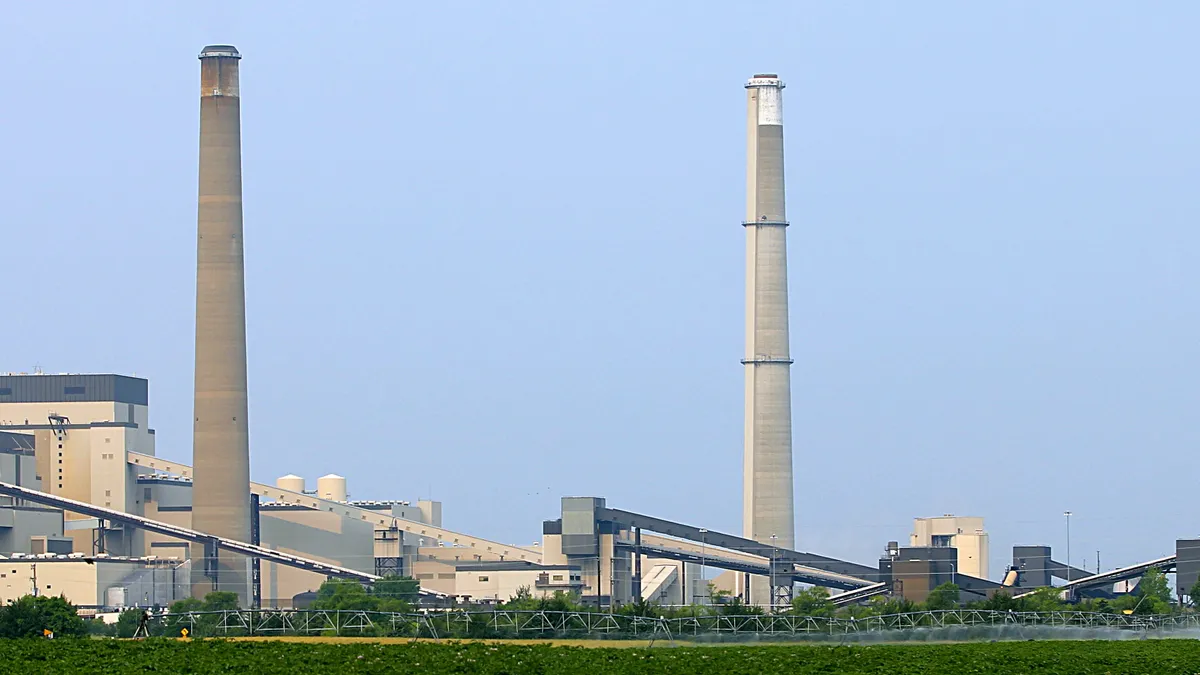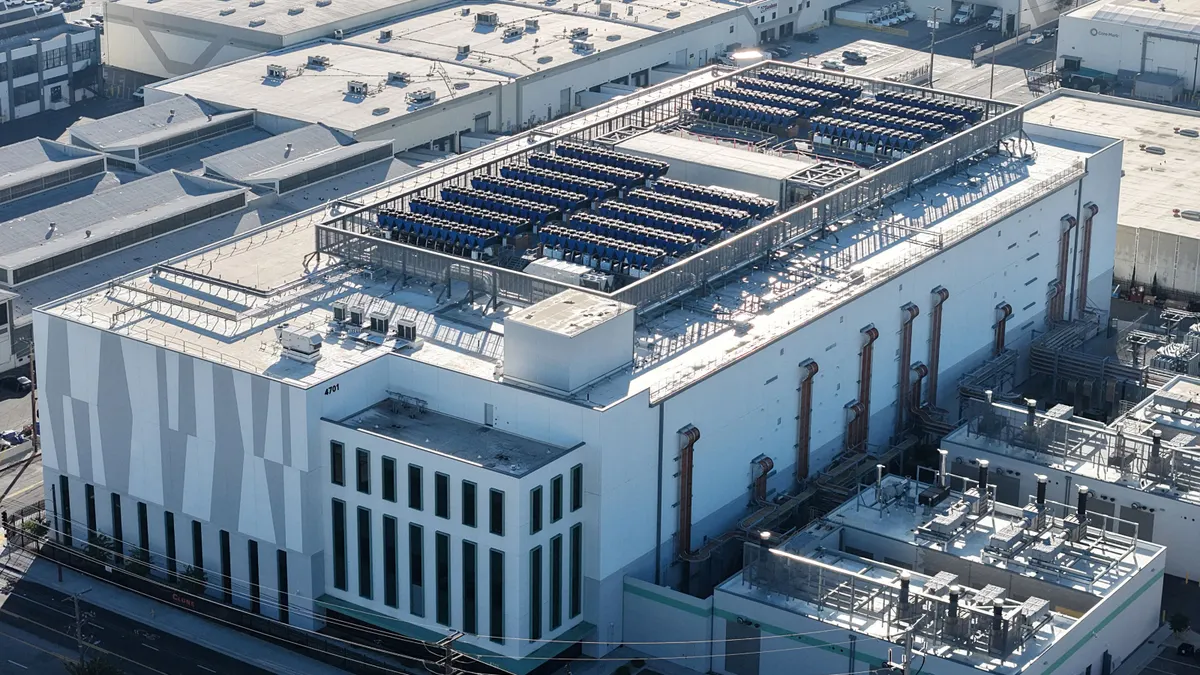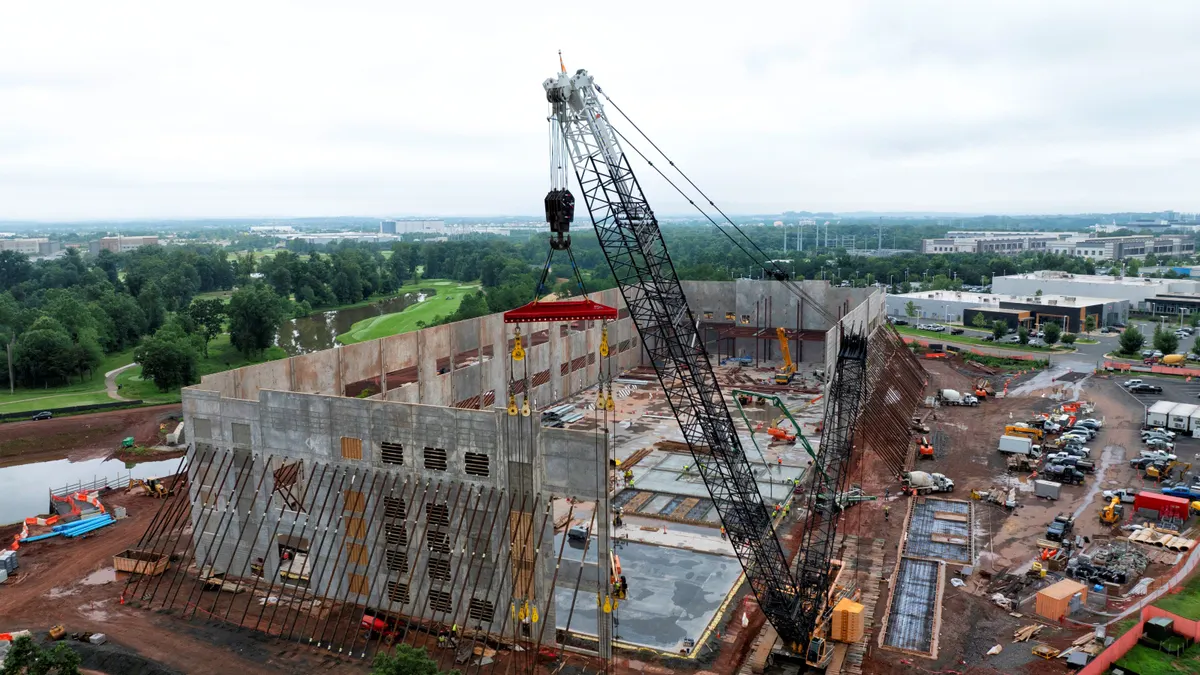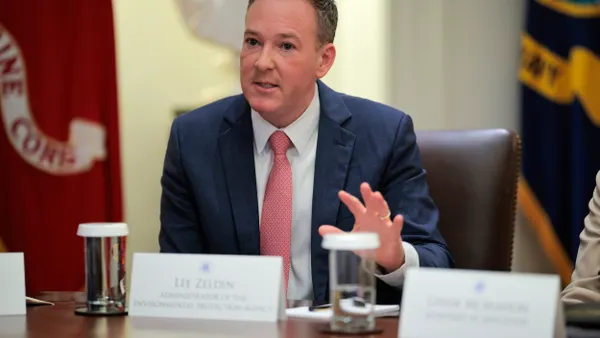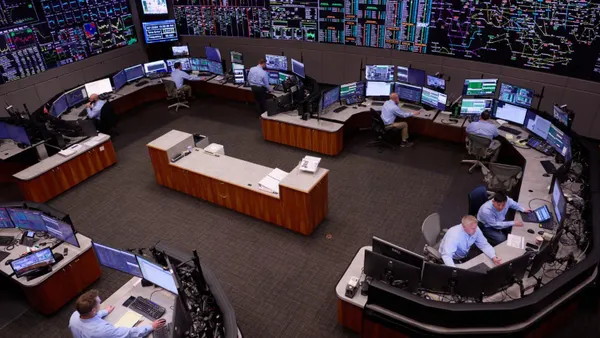Xcel Energy on Friday asked Minnesota regulators for permission to double the battery storage capacity at a location ajacent to its coal-fired Sherco power plant, which is slated to retire at the end of 2030.
“We’re making a significant investment in battery storage because we see it as a critical part of Minnesota’s energy future,” Bria Shea, president of Xcel Energy-Minnesota, North Dakota and South Dakota, said in a statement.
The Minnesota Public Utilities Commission has already approved 300 MW to be installed at Sherco. Xcel’s proposal would increase that capacity to 600 MW, making it the largest battery storage site in the upper Midwest, according to the utility. It would also add another 135.5 MW at the company’s Blue Lake facility and expand the company’s Sherco Solar facility with an additional 200-MW array.
Xcel plans to start construction on the battery storage projects in 2026, and bring them online in late 2027. The projects will use lithium iron phosphate battery cell technology that “discharge energy in four-hour increments and are quick to recharge, allowing for regular use,” the utility said in a statement.
Xcel said it plans to reuse existing grid connections for the batteries to store energy produced by wind, solar, nuclear and natural gas facilities across its system.
“Batteries help us store energy when it’s inexpensive to produce and dispatch it when needed, allowing us to continue delivering reliable electricity to customers while keeping bills low,” Shea said.
Xcel said it anticipates the projects will qualify for federal tax credits, offsetting 30% of the cost for the Blue Lake battery and 40% for the Sherco solar and battery projects.
Xcel serves about 3.9 million electric customers across eight states, and expects retail sales to grow 5% through 2030. The utility on Thursday unveiled a $15 billion addition to its five-year capital plan, which CEO Bob Frenzel said will now cover 7.5 GW of new renewable generation, 3 GW of new gas generation, 1.9 GW of energy storage, 1,500 miles of high-voltage transmission and $5 billion for wildfire mitigation.



